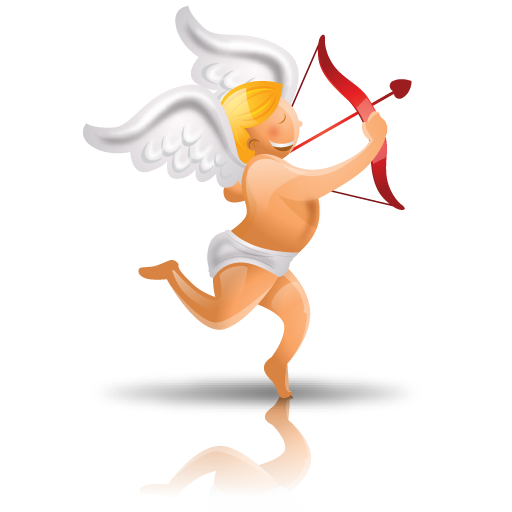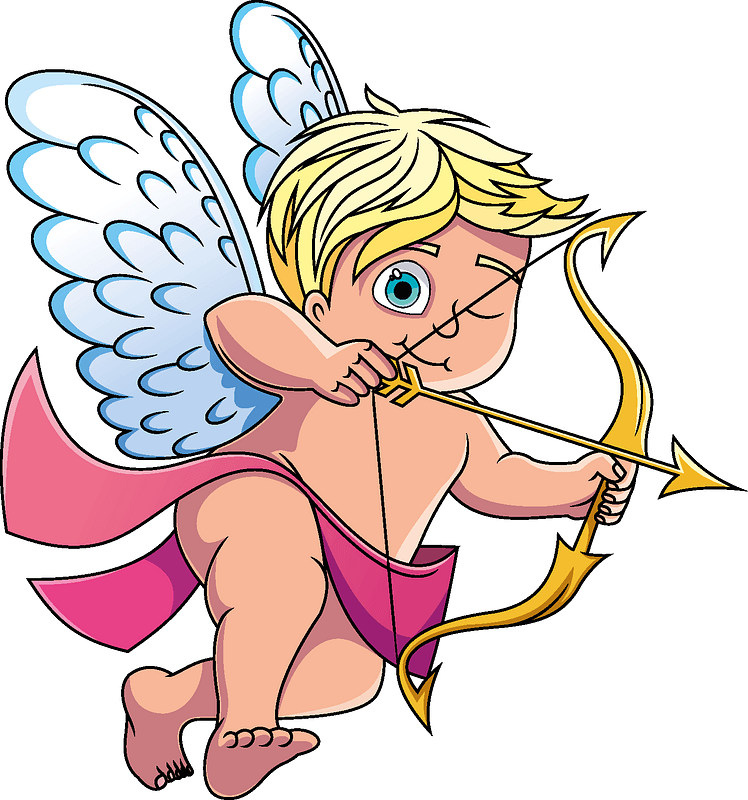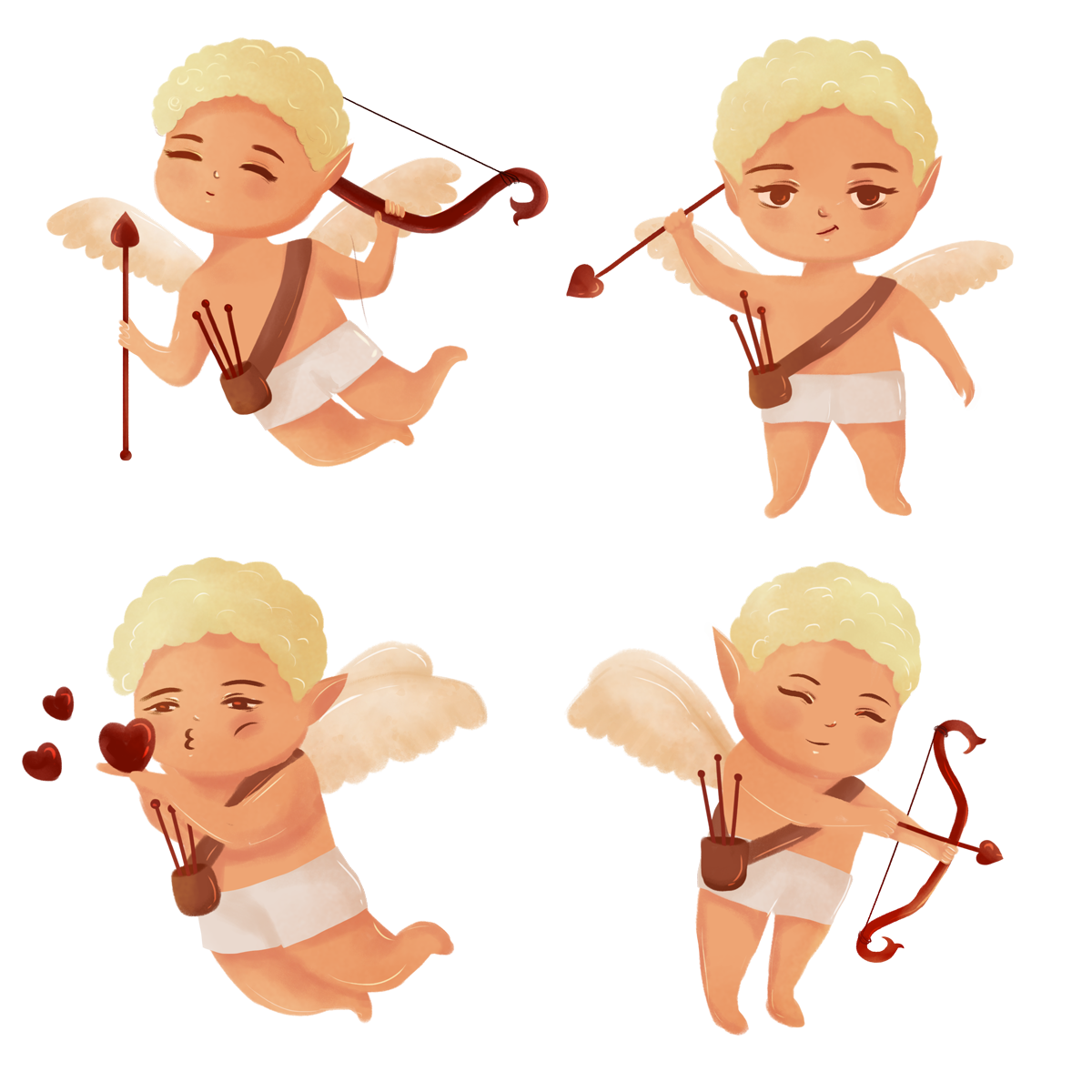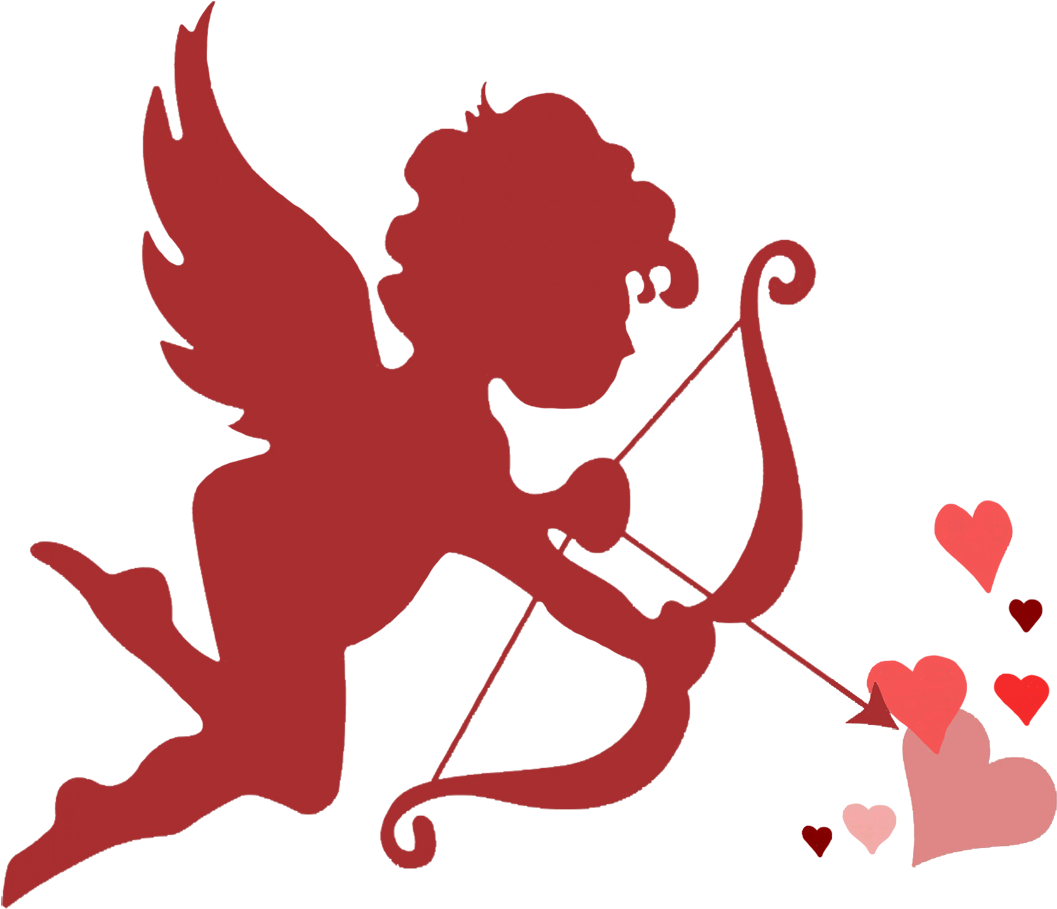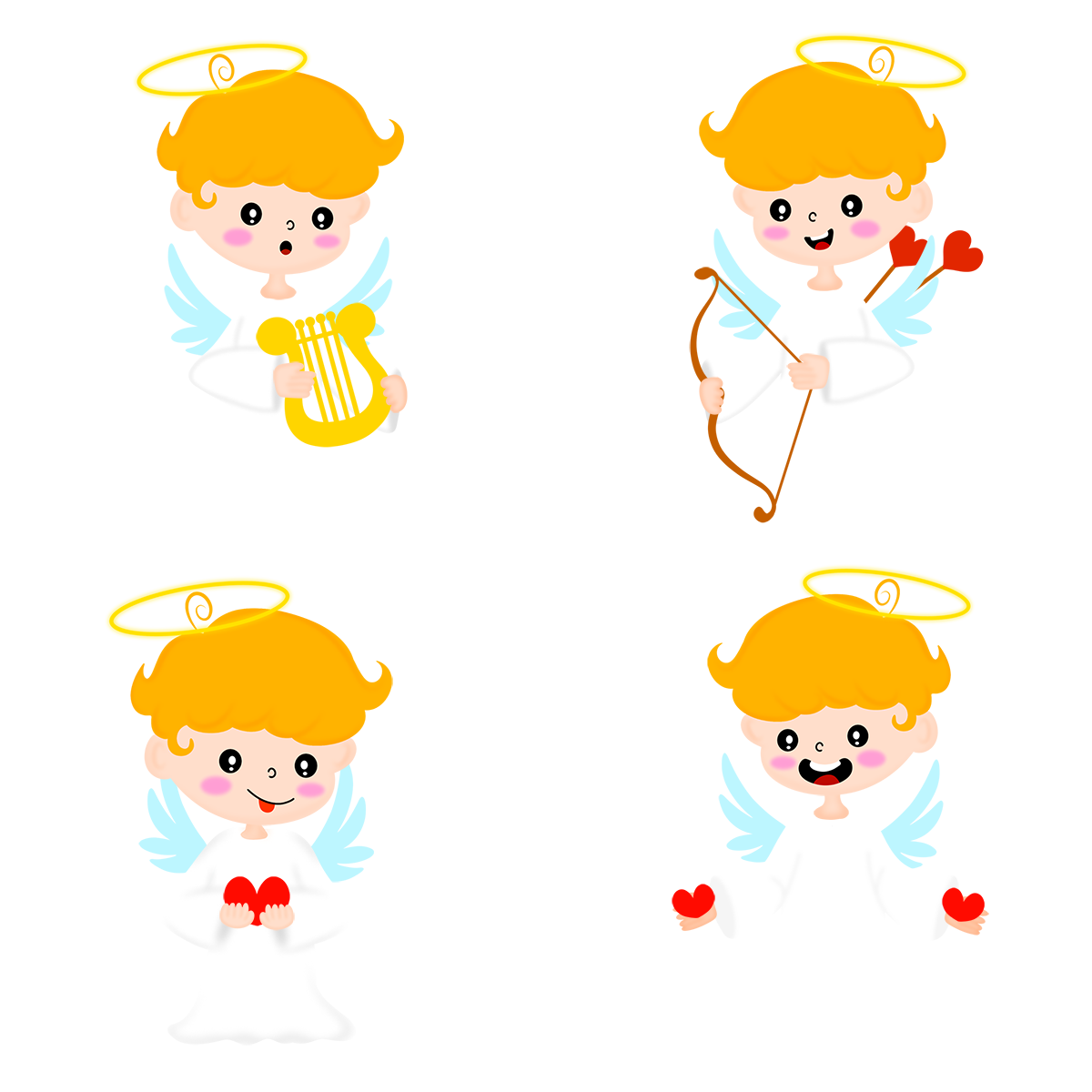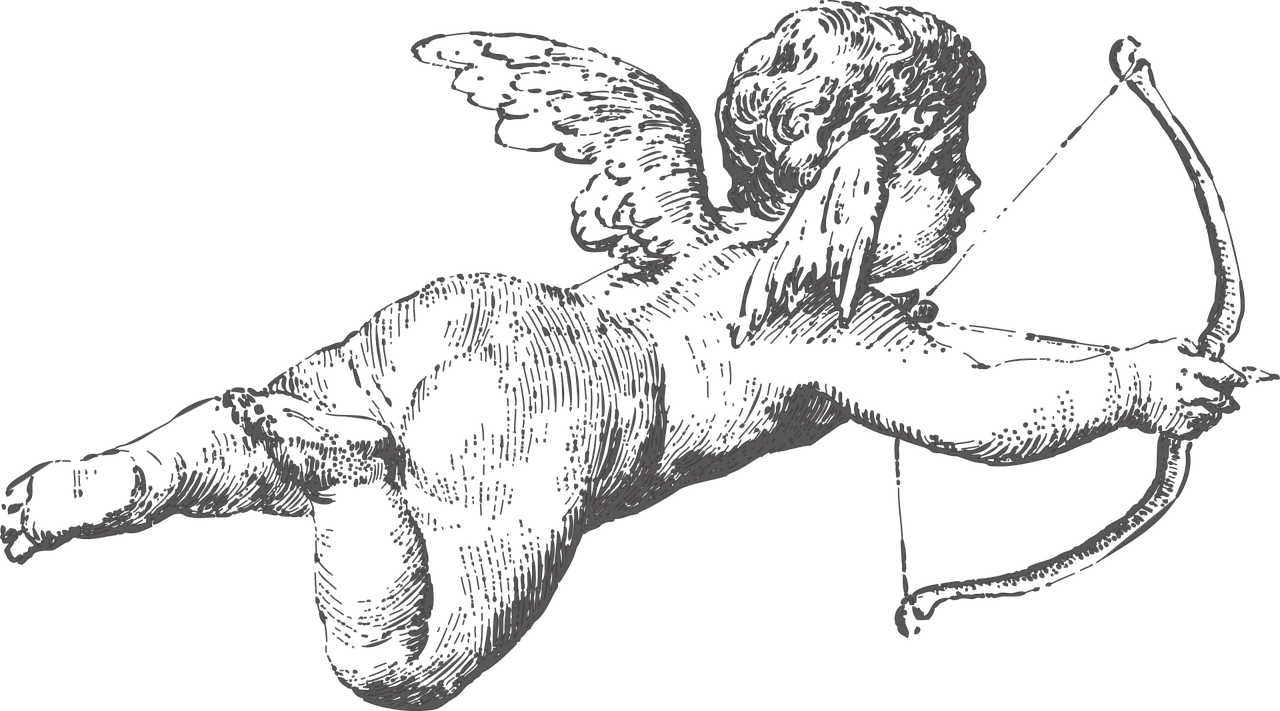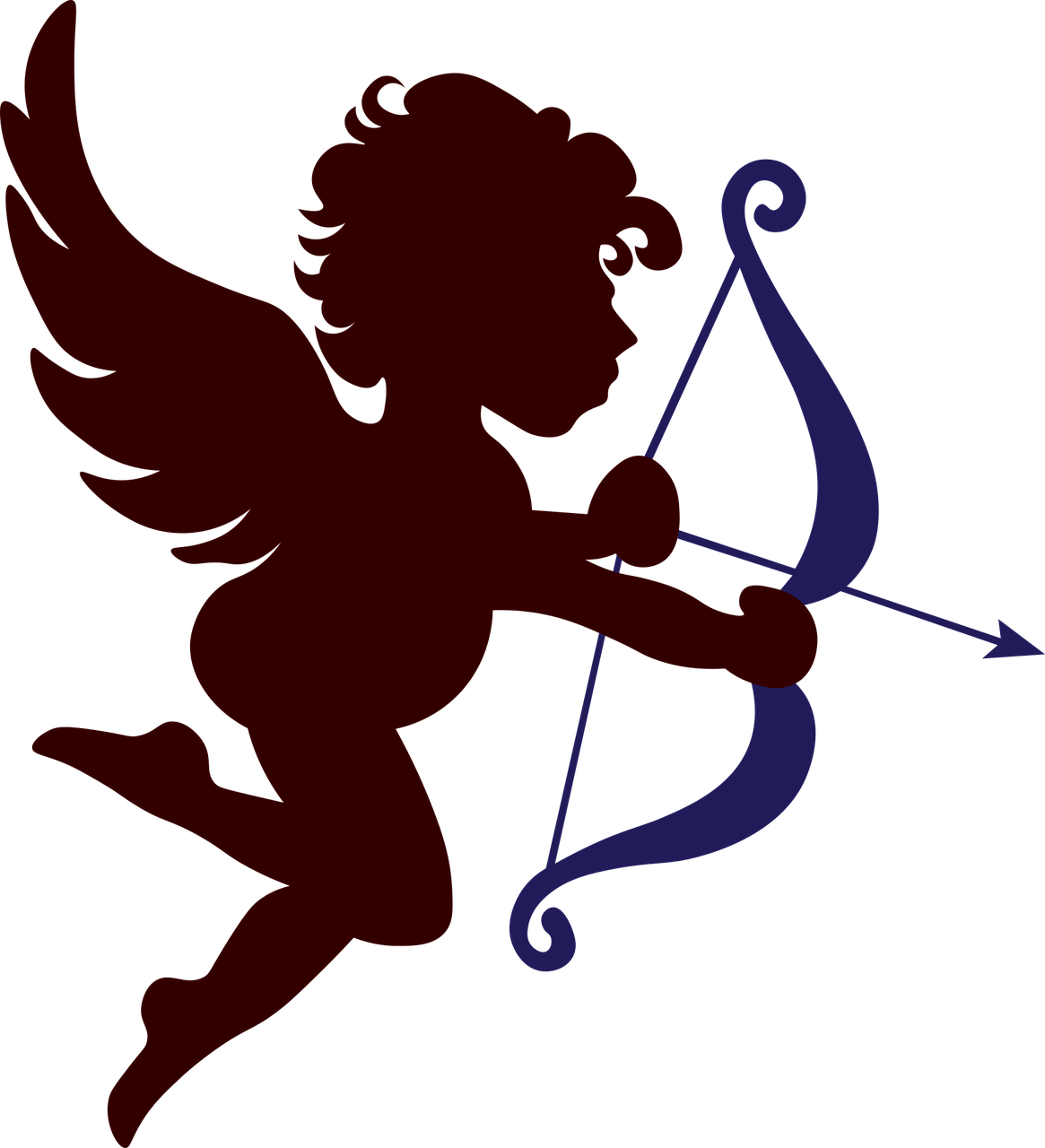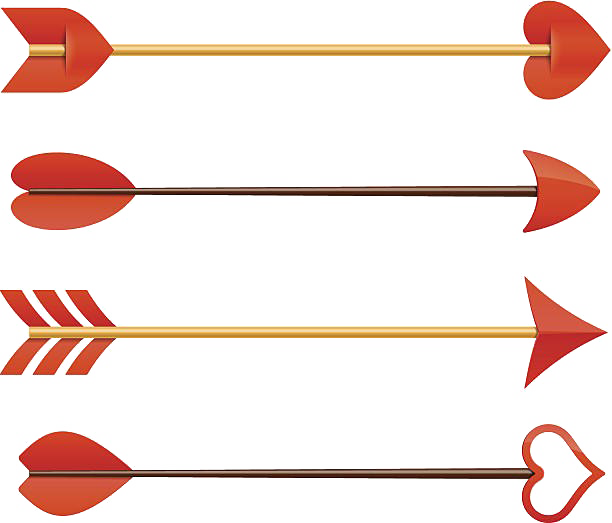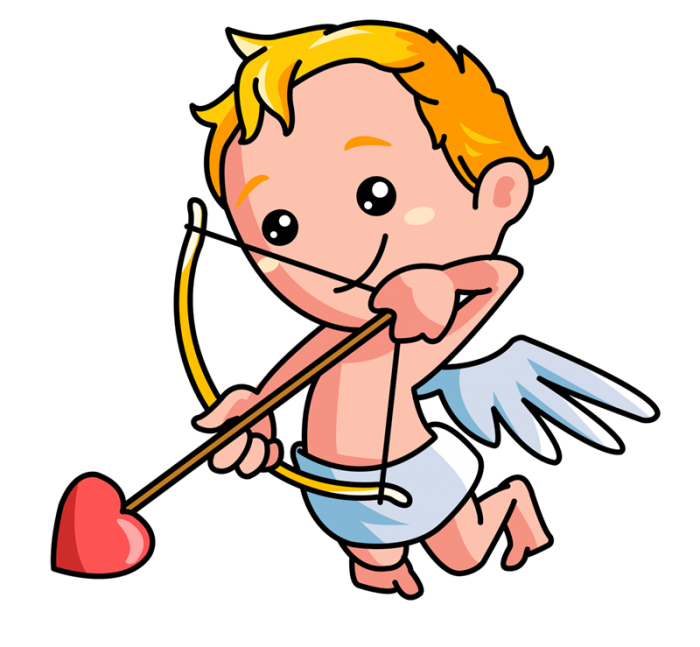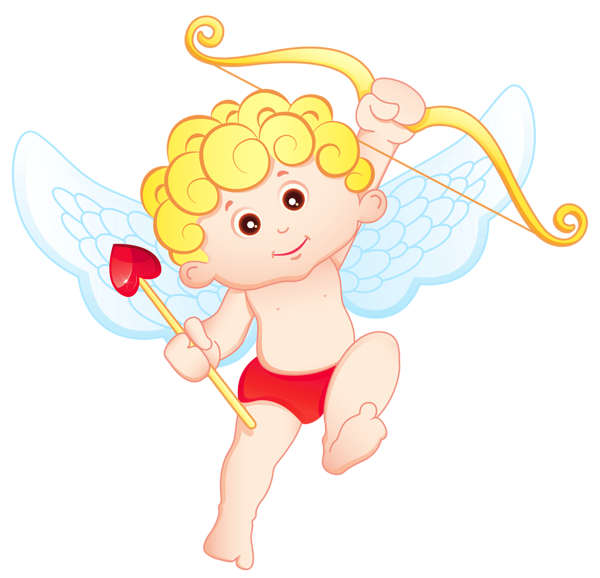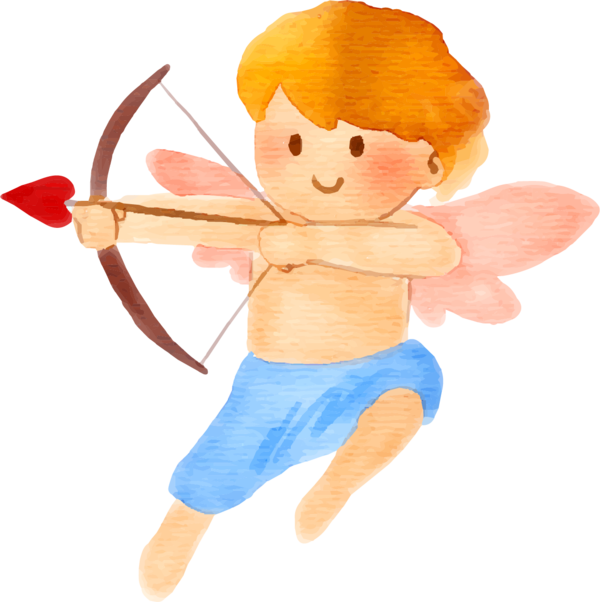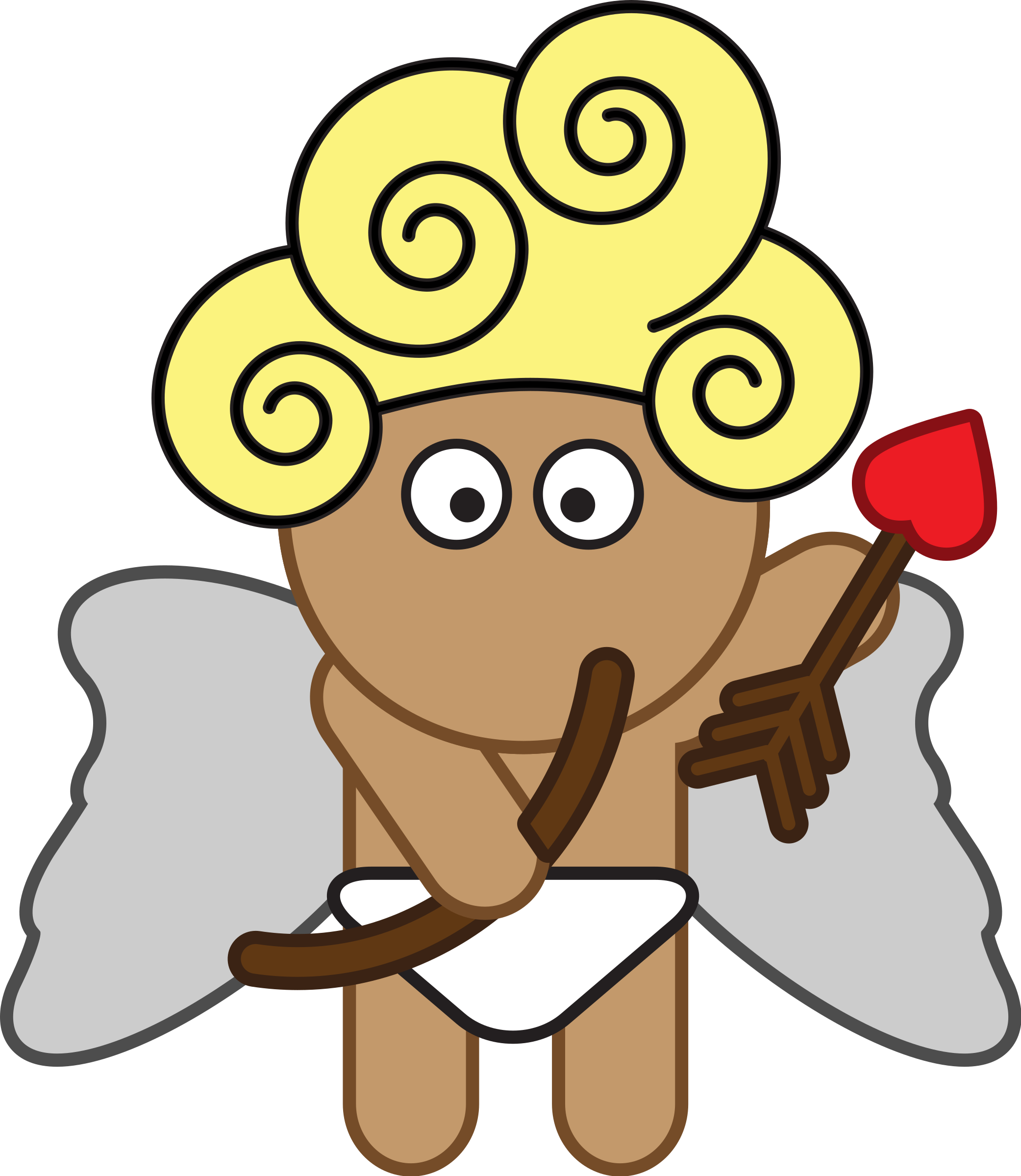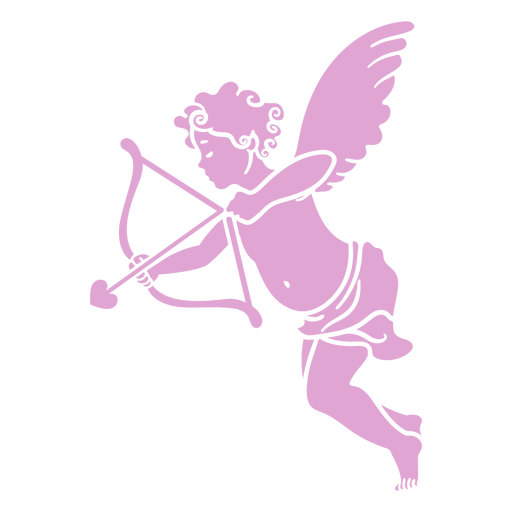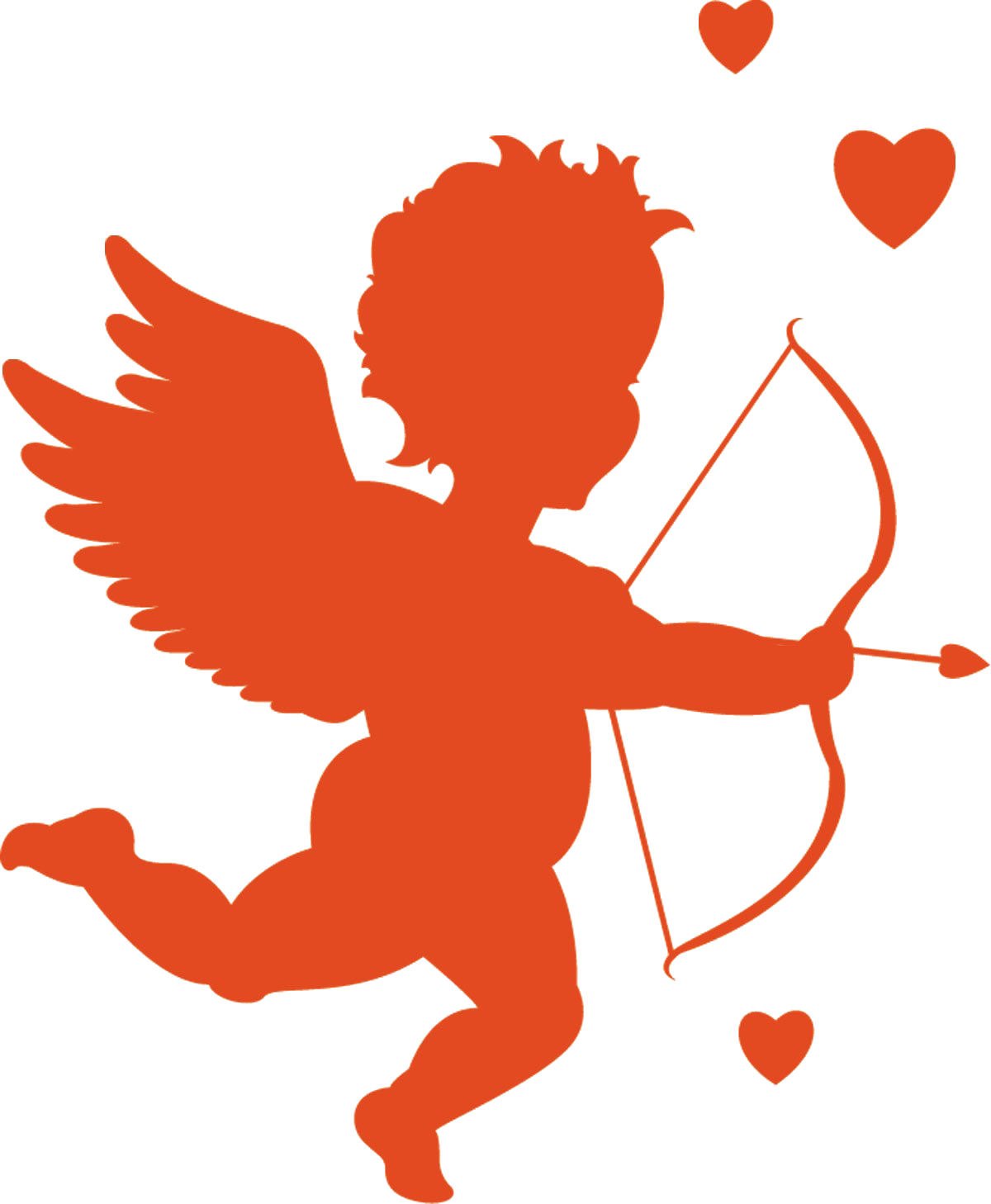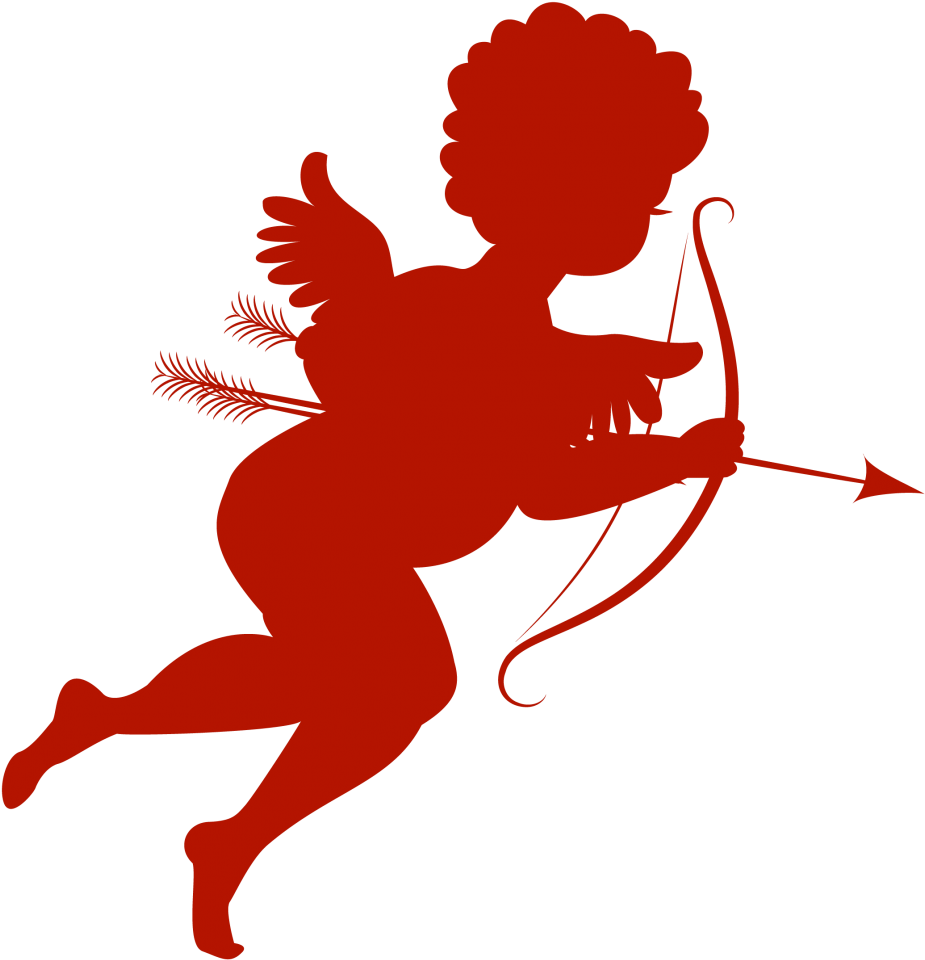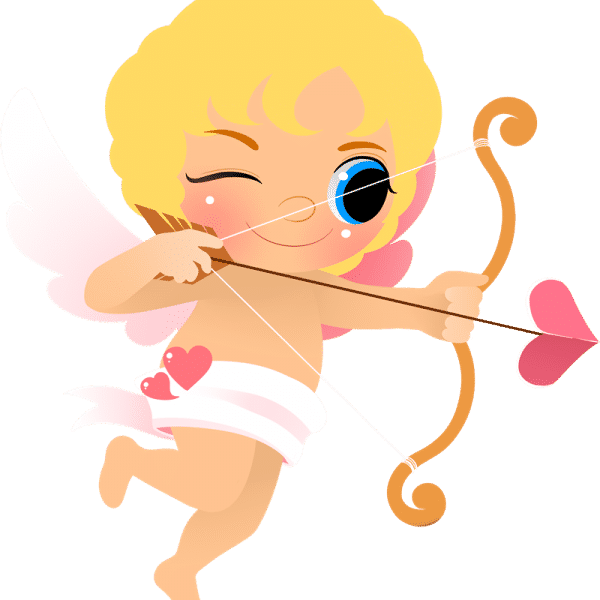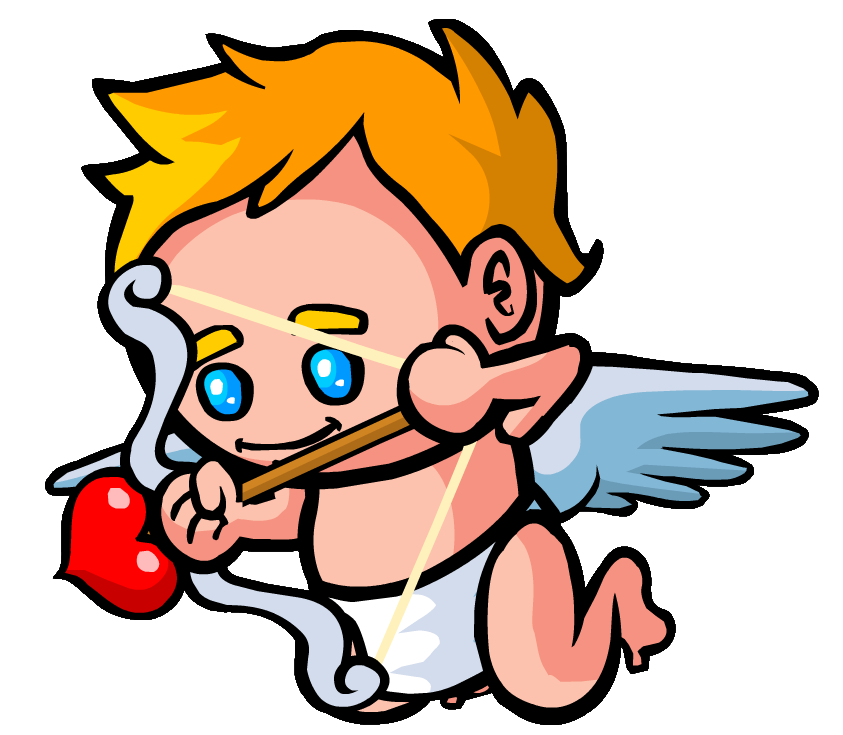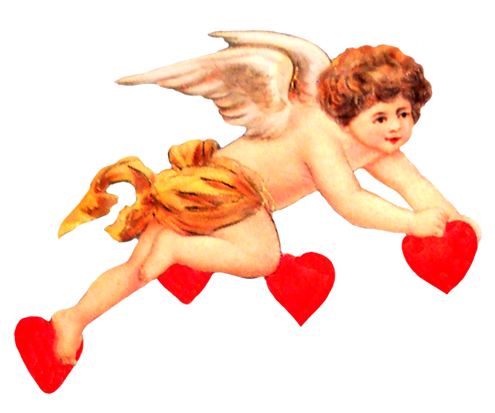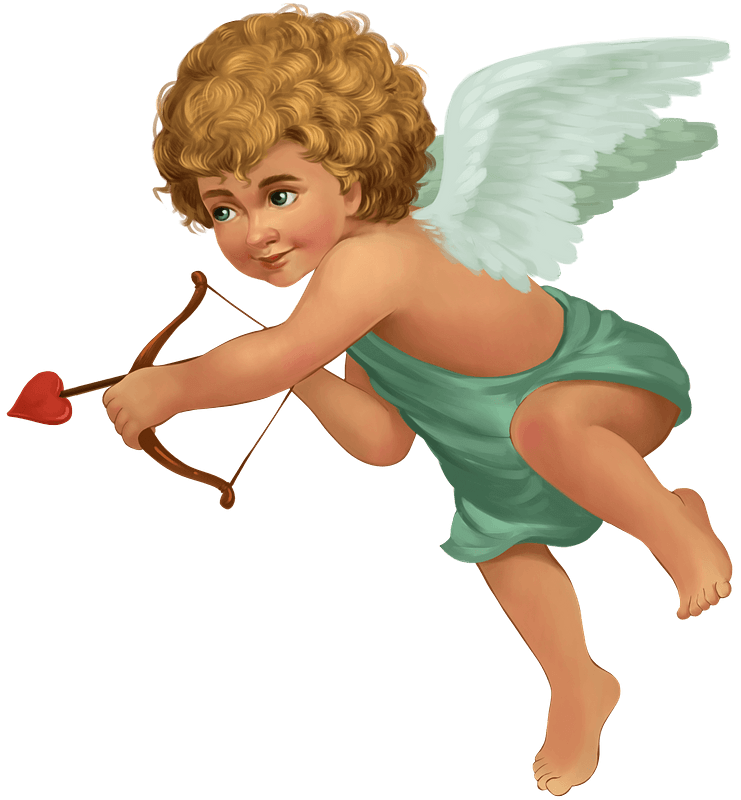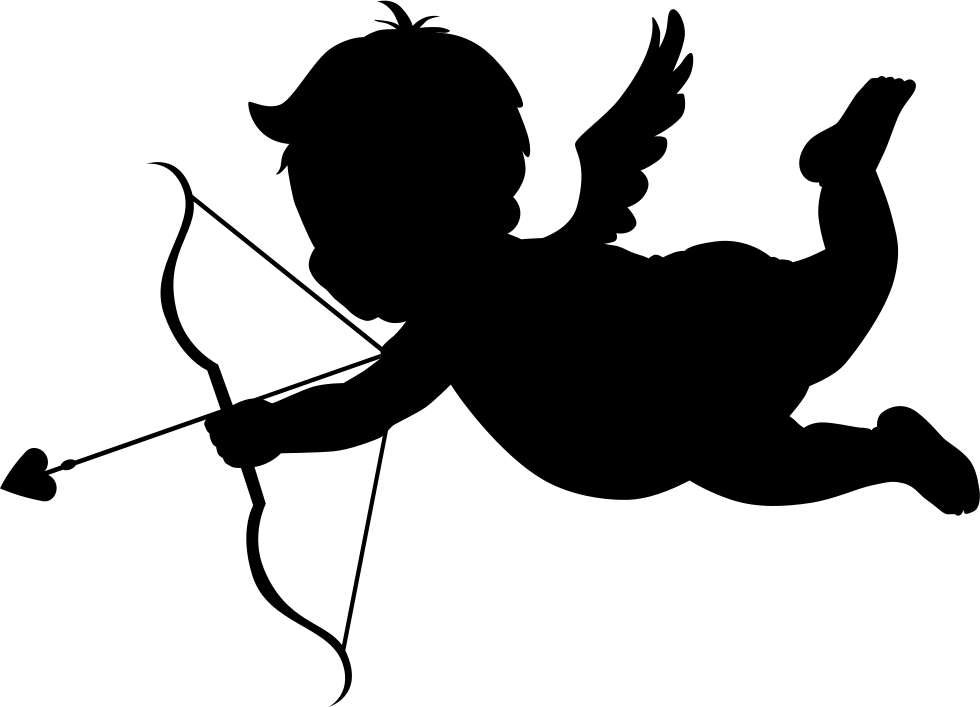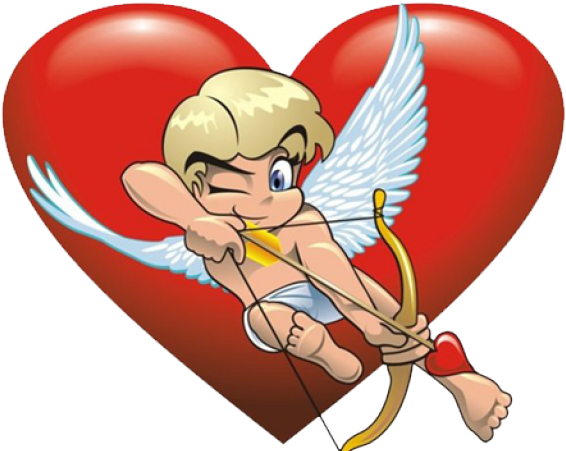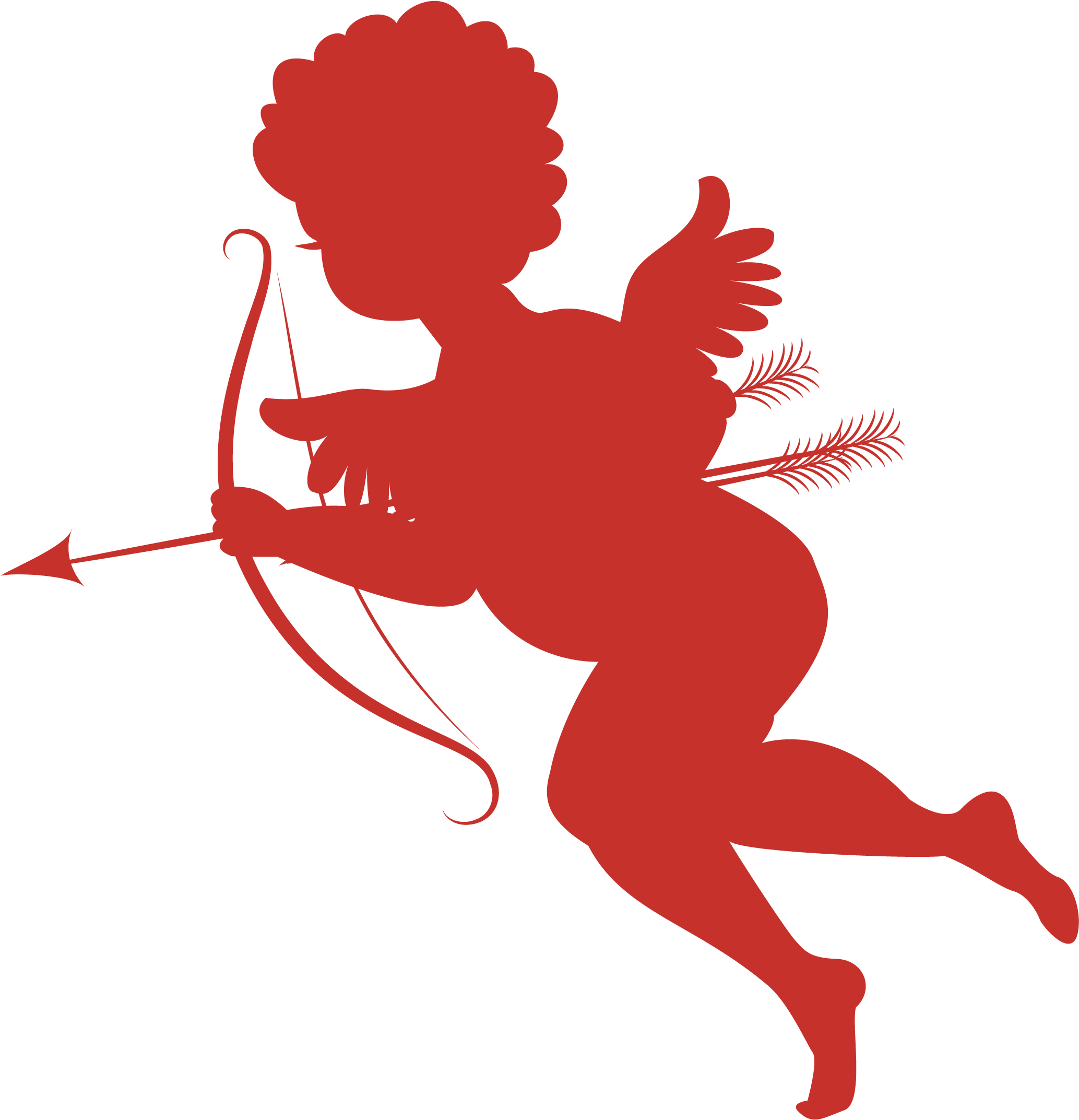Download top and best high-quality free Cupid Arrow PNG Transparent Images backgrounds available in various sizes. To view the full PNG size resolution click on any of the below image thumbnail.
License Info: Creative Commons 4.0 BY-NC
Cupid holds two types of arrows, one with a brilliant golden tip and the other with a dull lead tip. The golden arrow wounds a person with overwhelming desire, whereas the lead arrow wounds a person with repulsion and simply wants to run. The Latin poet Ovid describes the usage of these arrows in the first book of his Metamorphoses.
Cupid shoots Apollo with the golden arrow, but the lead strikes his target of affection, the nymph Daphne, when Apollo insults him as the inferior archer. Daphne, who is trapped by Apollo’s unwelcome advances, prays to her father, the river deity Peneus, who transforms her into a laurel tree, Apollo’s holy tree. It is the first of Apollo’s many failed or fatal love adventures.
Cupid has three arrows in The Kingis Quair, a 15th-century poem attributed to James I of Scotland, in which he possesses gold, silver, and steel for a light “smiting” that may be quickly treated, and steel for a love-wound that never heals.
Cupid, the honey thief, is stung by bees while stealing honey from a hive in the legend of Cupid the Honey Thief. He sobs and rushes to his mother Venus, saying that such a little creature shouldn’t inflict such agonizing wounds. Venus chuckles, pointing out the poetic justice: he, too, is tiny, yet stings with love.
The myth of Eros was originally recounted in Theocritus’ Idylls (3rd century BC). During the Renaissance, it was repeated countless times in art and poetry. The theme concluded Edmund Spenser’s Amoretti poetry cycle (1595) and provided inspiration for at least twenty works by Lucas Cranach the Elder and his workshop.
In a poem with the same title, German poet and classicist Karl Philipp Conz (1762″1827) interpreted the story as Schadenfreude (“finding pleasure in someone else’s misery”). Cupid transforms himself into a bee in a version written by Gotthold Ephraim Lessing, a German Enlightenment writer:
Cupid was a god who personified desire in ancient Rome, but he had no temples or religious activities separate from other Roman gods like Venus, whom he sometimes accompanies as a side figure in cult sculptures. In a family shrine, a Cupid may appear among the many statuettes for private devotion, but there is no obvious difference between figures for veneration and those presented as art or adornment.
Cicero describes a statue of “Cupid” (Eros) by Praxiteles that was consecrated at a sacrarium and enjoyed religious devotion alongside Hercules, indicating that Roman temples sometimes doubled as art museums.
A wealthy female priest’s public works (sacerdos perpetua) include sculptures of Mars and Cupid, according to an inscription from Cártama in Roman Spain, while a procurator of Baetica’s list of benefactions contains statues of Venus and Cupid.
From the period of Augustus, the first Roman emperor, Cupid became more prevalent in Roman art. Cupid returning the weapons of Mars to his mother Venus became a theme of Augustan iconography after Antony and Cleopatra were vanquished at the Battle of Actium.
Cupid disguises himself as Iulus, the son of Aeneas, who was in turn the son of Venus herself, in the Aeneid, the poet Virgil’s national epic of Rome, and beguiles Queen Dido of Carthage to fall in love with the hero. She provides sanctuary to Aeneas and his band of Troyese exiles, only to be abandoned by him when he accomplishes his destiny of founding Rome. Iulus (also known as Ascanius) is the legendary progenitor of the Julian family, from whom Julius Caesar descended.
Augustus, Caesar’s successor, had a cherished great-grandson who died as a toddler depicted as Cupid, donating one statue to the Temple of Venus on Capitoline Hill and keeping another in his bedroom where he kissed it at night. This child’s brother became Emperor Claudius, and his mother Antonia is shown as Venus with Cupid on her shoulder in a surviving portrait-sculpture.
A Cupid riding a dolphin is accompanying Augustus of Prima Porta. Cupids occurred in multiples on the friezes of the Temple of Venus Genetrix (Venus as “Begetting Mother”), and influenced relief sculpture on other works like as sarcophagi, notably those showing children.
Download Cupid Arrow PNG images transparent gallery.
- Cupid Angel PNG Clipart
Resolution: 1699 × 1223
Size: 39 KB
Image Format: .png
Download
- Cupid No Background
Resolution: 1966 × 2278
Size: 62 KB
Image Format: .png
Download
- Cupid PNG Images HD
Resolution: 512 × 512
Size: 70 KB
Image Format: .png
Download
- Cupid PNG Free Image
Resolution: 748 × 800
Size: 92 KB
Image Format: .png
Download
- Cupid PNG Image File
Resolution: 2220 × 2292
Size: 85 KB
Image Format: .png
Download
- Cupid Valentine
Resolution: 978 × 980
Size: 31 KB
Image Format: .png
Download
- Cupid Valentine PNG
Resolution: 601 × 618
Size: 15 KB
Image Format: .png
Download
- Cupid Valentine PNG Pic
Resolution: 508 × 613
Size: 14 KB
Image Format: .png
Download
- Cupid Angel PNG Picture
Resolution: 1200 × 1200
Size: 960 KB
Image Format: .png
Download
- Cupid Background PNG
Resolution: 827 × 840
Size: 29 KB
Image Format: .png
Download
- Cupid PNG Background
Resolution: 3962 × 4000
Size: 1266 KB
Image Format: .png
Download
- Cupid PNG
Resolution: 1057 × 909
Size: 201 KB
Image Format: .png
Download
- Cupid PNG Pic
Resolution: 2298 × 2286
Size: 77 KB
Image Format: .png
Download
- Cupid Angel PNG
Resolution: 750 × 750
Size: 333 KB
Image Format: .png
Download
- Cupid PNG File
Resolution: 1200 × 1200
Size: 227 KB
Image Format: .png
Download
- Cupid Love PNG File
Resolution: 1280 × 711
Size: 708 KB
Image Format: .png
Download
- Cupid Valentine PNG File
Resolution: 1165 × 1280
Size: 157 KB
Image Format: .png
Download
- Cupid PNG Image
Resolution: 736 × 621
Size: 21 KB
Image Format: .png
Download
- Cupid PNG Photo
Resolution: 600 × 600
Size: 75 KB
Image Format: .png
Download
- Cupid Valentine PNG Image
Resolution: 600 × 370
Size: 92 KB
Image Format: .png
Download
- Cupid Valentine PNG Photo
Resolution: 630 × 315
Size: 25 KB
Image Format: .png
Download
- Cupid PNG Cutout
Resolution: 612 × 523
Size: 130 KB
Image Format: .png
Download
- Cupid Love PNG Image
Resolution: 600 × 516
Size: 45 KB
Image Format: .png
Download
- Cupid Valentine PNG Cutout
Resolution: 1077 × 980
Size: 31 KB
Image Format: .png
Download
- Cupid Valentine PNG Images
Resolution: 700 × 647
Size: 187 KB
Image Format: .png
Download
- Cupid Angel PNG Pic
Resolution: 600 × 578
Size: 144 KB
Image Format: .png
Download
- Cupid Love PNG Photo
Resolution: 600 × 602
Size: 233 KB
Image Format: .png
Download
- Cupid Love PNG Cutout
Resolution: 512 × 512
Size: 33 KB
Image Format: .png
Download
- Cupid PNG Images
Resolution: 2083 × 2399
Size: 504 KB
Image Format: .png
Download
- Cupid PNG Photos
Resolution: 512 × 512
Size: 56 KB
Image Format: .png
Download
- Cupid Transparent
Resolution: 820 × 184
Size: 23 KB
Image Format: .png
Download
- Cupid Love PNG Images
Resolution: 512 × 512
Size: 37 KB
Image Format: .png
Download
- Cupid Love PNG Photos
Resolution: 512 × 512
Size: 17 KB
Image Format: .png
Download
- Cupid Valentine PNG Photos
Resolution: 512 × 512
Size: 19 KB
Image Format: .png
Download
- Cupid Angel PNG File
Resolution: 512 × 512
Size: 34 KB
Image Format: .png
Download
- Cupid PNG Clipart
Resolution: 600 × 600
Size: 8 KB
Image Format: .png
Download
- Cupid PNG HD Image
Resolution: 1200 × 1458
Size: 396 KB
Image Format: .png
Download
- Cupid Angel
Resolution: 925 × 960
Size: 142 KB
Image Format: .png
Download
- Cupid Angel PNG Image
Resolution: 7815 × 7911
Size: 645 KB
Image Format: .png
Download
- Cupid Love
Resolution: 600 × 600
Size: 41 KB
Image Format: .png
Download
- Cupid
Resolution: 843 × 735
Size: 86 KB
Image Format: .png
Download
- Cupid PNG Picture
Resolution: 495 × 413
Size: 174 KB
Image Format: .png
Download
- Cupid PNG Image HD
Resolution: 741 × 800
Size: 107 KB
Image Format: .png
Download
- Cupid Angel PNG Photo
Resolution: 980 × 707
Size: 56 KB
Image Format: .png
Download
- Cupid Angel PNG Cutout
Resolution: 566 × 451
Size: 385 KB
Image Format: .png
Download
- Cupid Angel PNG Images
Resolution: 7919 × 6559
Size: 637 KB
Image Format: .png
Download
- Cupid Angel PNG Photos
Resolution: 2067 × 2145
Size: 83 KB
Image Format: .png
Download
- Cupid Angel Transparent
Resolution: 4827 × 4422
Size: 426 KB
Image Format: .png
Download
- Cupid Love PNG Pic
Resolution: 1217 × 1137
Size: 276 KB
Image Format: .png
Download


